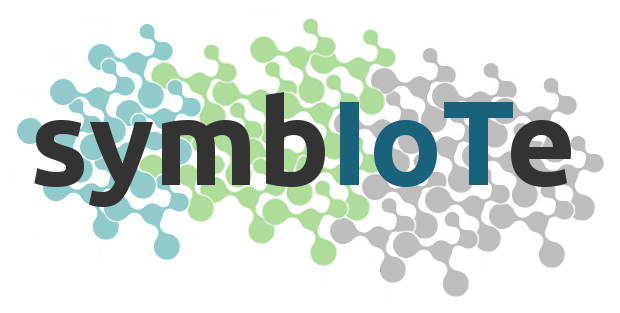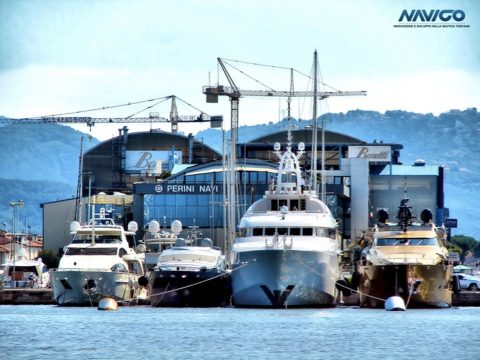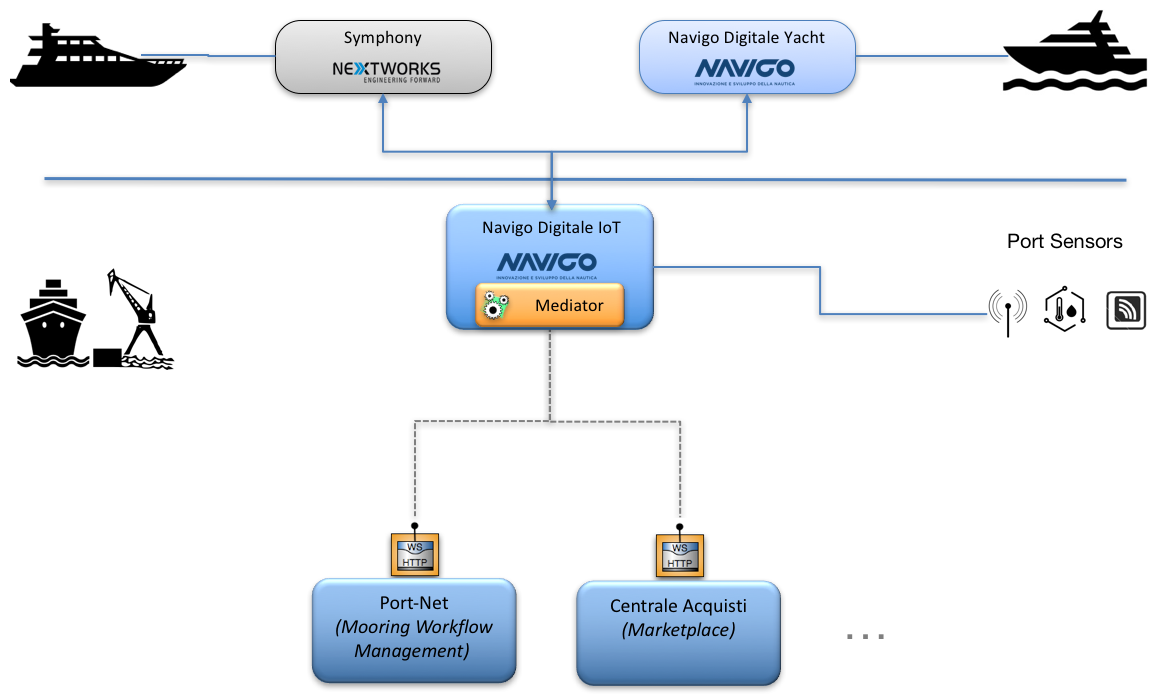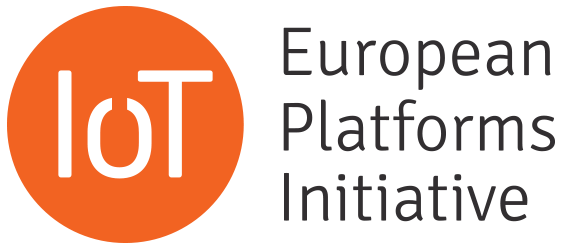| Involved partners | Navigo Nextworks |
| Countries involved in the trials | Italy |
| Platforms involved (not finalized) | Symphony Navigo Digitale |
| Number of test users planned | 15-20 |
This scenario is still in the implementation phase and the symbIoTe partners Navigo and Nextworks are working to finalise it before the actual integration with symbIote components takes place.
The trial will be implemented in the Port of Viareggio, in the Tuscan coast of Italy, where Navigo’s headquarters are located and where Navigo has already established a partnership with the local Port Authority.
Nextworks on the other hand currently works with some important Italian Yacht manufacturers, so it will be possible to test the use case in a real-life context.




 This project has received funding from the European Union's Horizon 2020 research and innovation programme under grant agreement No 688156
This project has received funding from the European Union's Horizon 2020 research and innovation programme under grant agreement No 688156